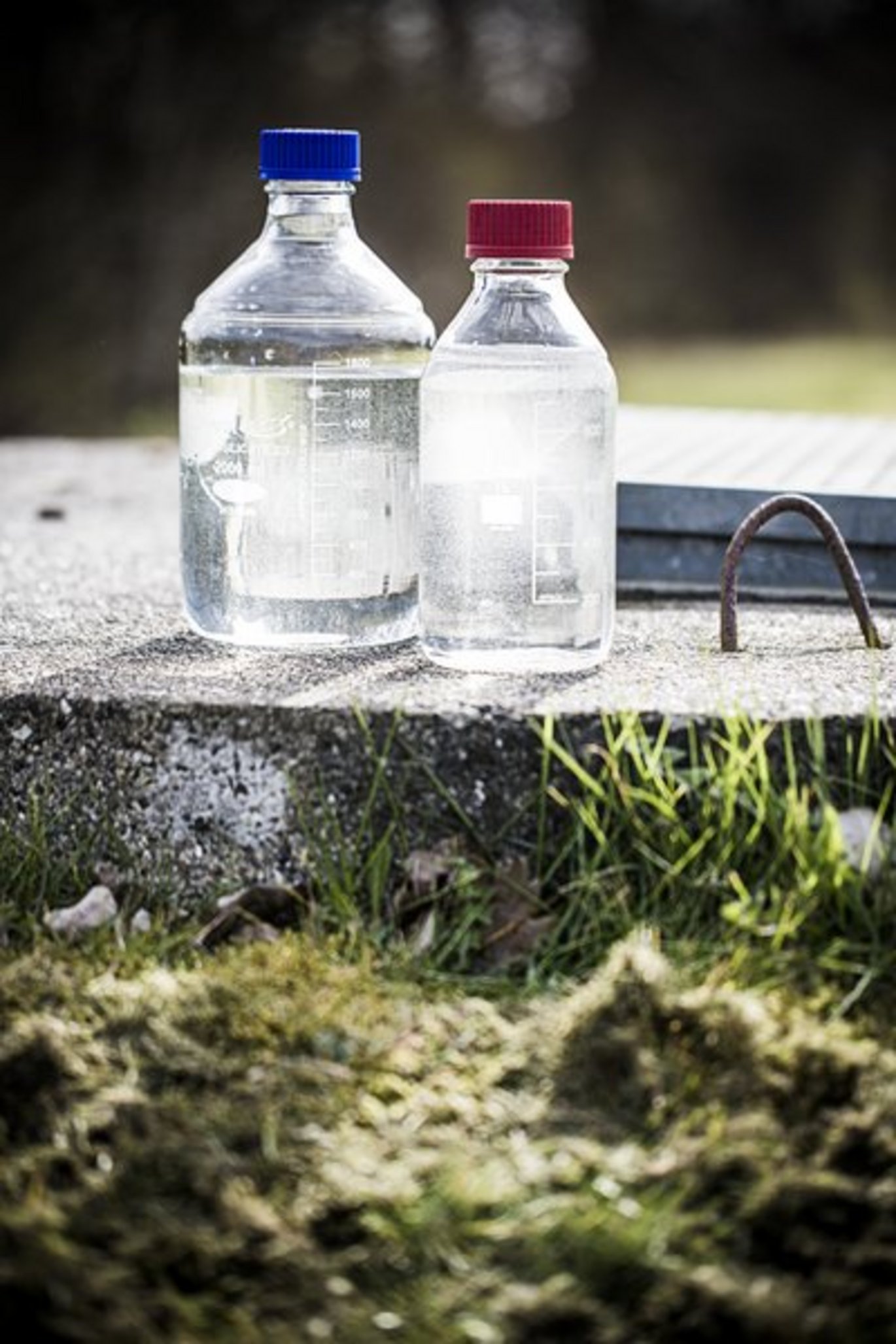New report from PLAP on leaching of pesticides
The unique Danish Pesticide Leaching Assessment Program (PLAP) investigates whether regular spraying of pesticides results in leaching to groundwater and drinking water above the applicable requirement values. This is done in experimental fields. Reports on the results from PLAP are published on an ongoing basis, and the report for 2018-2020 has now been published.

In the period July 2018 to June 2020, the leaching of seven pesticides and 41 degradation products has been investigated. Four of the pesticides and 35 of the degradation products were not found in groundwater, water from drains or suction cells at a depth of one meter.
Nine of the 48 monitored substances were found in water from the fields. Three of these substances were found exclusively in drainage samples, and six of them were found in both drainage and groundwater samples. Out of the six found in groundwater, two of the substances, propyzamide and 1,2,4-triazole, were found in concentrations higher than the requirement value for groundwater of 0.1 µg / L, corresponding to a find percentage of respectively 2% and 2.7%. In other words, the two substances are found in 2.2 and 2.7% of the samples taken from the groundwater.
1,2,4-triazole and propyzamide
The degradation product 1,2,4-triazole, which originates from various azole fungicides used both for spraying crops and as seed dressing, was found in the groundwater under all the fields.
The fluctuations in concentration level do not correspond to the use of azoles in the fields, but the leaching appears to be related to precipitation and the seepage of water through the fields.
Propyzamide is the active substance in a plant protection product and in VAP has been leached to both drains and groundwater in concentrations above the requirement value of 0.1 µg L-1. The monitoring of propyzamide and its degradation products continues.
Additional funds for VAP
VAP's experimental fields represent different types of climates, geology and soil in Denmark - including both sandy fields and fractured clay fields. The pesticides selected for evaluation in VAP are tested with the maximum permitted dosages under real Danish field conditions and are typically monitored for a test period of two years after application.
Tests in PLAP include an opportunity to verify the model calculations that are included in the Danish Environmental Protection Agency's risk assessment when approving pesticides in Denmark, and thus to detect potential groundwater contaminating pesticides and degradation products at an early stage. Knowledge from VAP is used in the Danish and European authorities' approval and regulation of pesticides.
As part of the pesticide strategy 2022-2026, the parties to the agreement wanted to strengthen Danish groundwater protection. They therefore allocated an additional DKK 11.6 million DKK to PLAP in order to increase the number of tests of relevant substances and thereby ensure a more robust approval system.
Reports from PLAP
PLAP is led by the National Geological Survey of Denmark and Greenland (GEUS) in close collaboration with the Department of Agroecology (AGRO) at Aarhus University and the Department of Ecoscience (ECOS) at Aarhus University and the Danish Environmental Protection Agency.
You can read The Danish summary here
You can read the full report here
All the reports from PLAP back to 1999 can be seen at www.vap-grundvand.dk
What have we learned from PLAP over time?
Over the past 21 years (1999-2020), PLAP has monitored the leaching of 151 substances, of which 52 are pesticides (active substances) and 99 are selected pesticide degradation products.
The tests over time have i.a. resulted in and/or demonstrated that:
- more pesticides and/or selected degradation products are detected in the groundwater under the fractured clay fields than under the sandy fields.
- for some pesticides, long-term leaching of degradation products takes place on sandy soil with potato cultivation.
- heavily sorbent pesticides can be leached out with particle transport through the cracked clay fields.
- dressing agents may be a source of leaching and information on dressed seeds is therefore included in the monitoring.
Additional information
Study type: Experiment
Collaborators: Department of Agroecology at Aarhus University, Department of Ecoscience at Aarhus University, the National Geological Survey of Denmark and Greenland (GEUS) and the Danish Environmental Protection Agency.
Funding: PLAP is funded through Pesticide Strategy 2017-2021.
Conflict of interest: None
Contact:
Nora Badawi
Project manager and senior researcher
The National Geological Survey of Denmark and Greenland (GEUS)
Phone 91 33 35 74
Email: nba@geus.dk
Kirsten Kørup
Academic employee
Department of Agroecology, Aarhus University
Phone: 93 52 21 31
Email: kirstenkoerup@agro.au.dk
